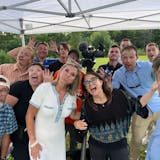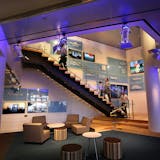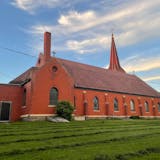Minneapolis now has a road map that could lead to the start of redevelopment of the city-owned Upper Harbor Terminal — the largest site likely to come available on its upper riverfront — within five years.
The vision for the area, outlined in the updated Above The Falls master plan, includes a riverfront park, business park and mixed-use development. But first, financing would need to be arranged for projects that emerge from a planning process approved recently by the City Council and the Minneapolis Park and Recreation Board for redeveloping the 48-acre site.
The former port offers a redevelopment canvas that's more than 40 football fields in size, but it comes with significant restrictions.
Although tests find only spotty soil contamination, the site is bisected by power lines and a rail line. Moreover, some aging port structures, such as storage domes and conveyors for commodities, have been deemed eligible for historic preservation. That means the city needs to determine if they can be reused or preserved.
"If we have to save that junk, I will be so disappointed," City Council President Barbara Johnson said.
The city and Xcel Energy have been discussing the cost of shifting the power lines.
Those uncertainties have made it difficult to determine where a riverside park would end and business and housing development to boost the city tax base would begin.
So two key agencies, the Park Board and the city's Department of Community Planning and Economic Development, are turning this year to a yet-to-be selected private-sector developer for market-driven advice on how to best use the site.



